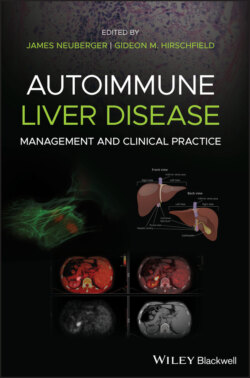Читать книгу Autoimmune Liver Disease - Группа авторов - Страница 70
Molecular Mimicry of Autoantigens
ОглавлениеMolecular mimicry is a key mechanism leading to loss of tolerance to autoantigens [21]. It is defined as the cross‐reactivity of immune responses to antigenic epitopes of microbial peptides with autoantigenic epitopes of host peptides. Molecular mimicry has been observed between human autoantigens and peptide antigens of several viral, bacterial and fungal pathogens. Xenobiotics may also function as molecular mimics for autoantigens. For example, some halogenated xenobiotics exhibit immunogenic similarity with the lipoic acid‐binding domain of pyruvate dehydrogenase complex (PDC)‐E2, the primary autoantigen in PBC. Yet molecular mimicry is an insufficient explanation for a sustained loss of tolerance, which also requires failure to control the autoimmune response. Thus, molecular mimicry represents an environmental trigger capable of progressing to autoimmunity. Molecular mimicry to adjuvants (substances that enhance immune responses to an antigen) involves nucleosomes or ribonucleoproteins released after cell death. These molecules mimic viruses by stimulating an antiviral‐like, innate immune response with production of type 1 interferon.
